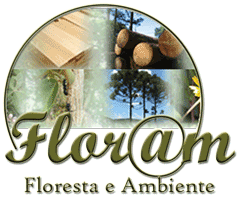Open Access
Floresta e Ambiente
Publicação de: Instituto de Florestas da Universidade Federal Rural do Rio de Janeiro
Área:
Ciências Agrárias
Versão impressa ISSN:
1415-0980
Versão on-line ISSN: 2179-8087
